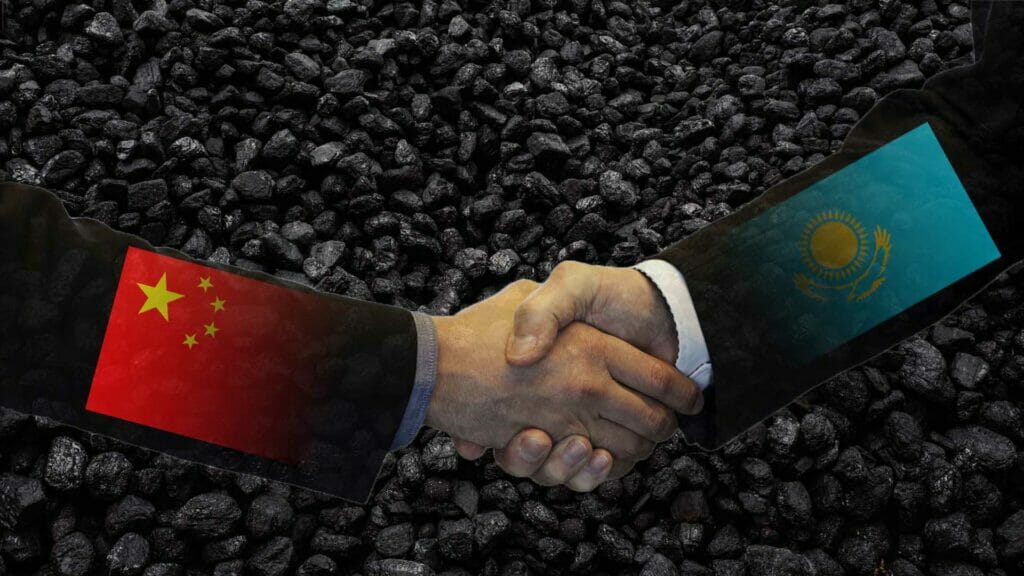China to help Kazakhstan with production of fuel made from coal

Chinese companies are ready to cooperate with Kazakhstan in the sphere of coal chemistry. For example, they are interested in the production of fuel made from coal, according to Turar Zholmagambetov, deputy head of the industrial development committee under the Ministry of Industry and Infrastructural Development.
«We can produce synthetic oil from coal. For example, we need 40 million tons of coal to produce the 20 million tons of oil that our refineries can currently reprocess,» he told Kursiv while commenting on details of potential cooperation with the Chinese in the sphere of coal chemistry.
As Zholmagambetov noted, China produces 200 million tons of oil and 30 billion cubic meters of gas and some other products by reprocessing 400 million tons of coal per year. Even though the vast majority of this coal has to be imported by Chinese companies from abroad, this doesn’t prevent them from the rapid development of the Chinese coal chemistry thanks to high profits. Given that Kazakhstan possesses enormous reserves of coal and it’s cheap, this may spark the interest of investors.
«They [the Chinese] have a very high level of profitability, although they are buying coal for $150 per ton. In Kazakhstan, the coal price starts from $12 per ton. That is why this business in our country is so promising,» Zholmagambetov noted.
Apart from oil, Kazakhstan can also rely on coal reprocessing to provide it with fertilizers and natural gas.
«We can get synthetic gas, which is in high demand by our industrial sector. We can produce ammonia, which is a core chemical product for fertilizers and other necessary products. This year and next year we are going to focus on the coal chemistry. We are going to create all those conditions necessary for the development of the coal chemical industry from scratch,» the official highlighted.
Zholmagambetov also said that Kazakhstan can burn coal together with ammonia to reduce emissions.
«All new thermal power plants will rely on clean coal technology. In 2011, the Japanese switched to old coal power stations after the Fukushima nuclear plant incident. However, they managed to cut emissions to 40% thanks to burning coal together with ammonia in the proportion of 20 to 80. They used so-called blue ammonia,» Zholmagambetov said.
The most expensive part of the gasification process is the development of gas pipelines. Therefore, new coal chemical facilities can be built in the vicinity of current coal mines to cut extra costs.

